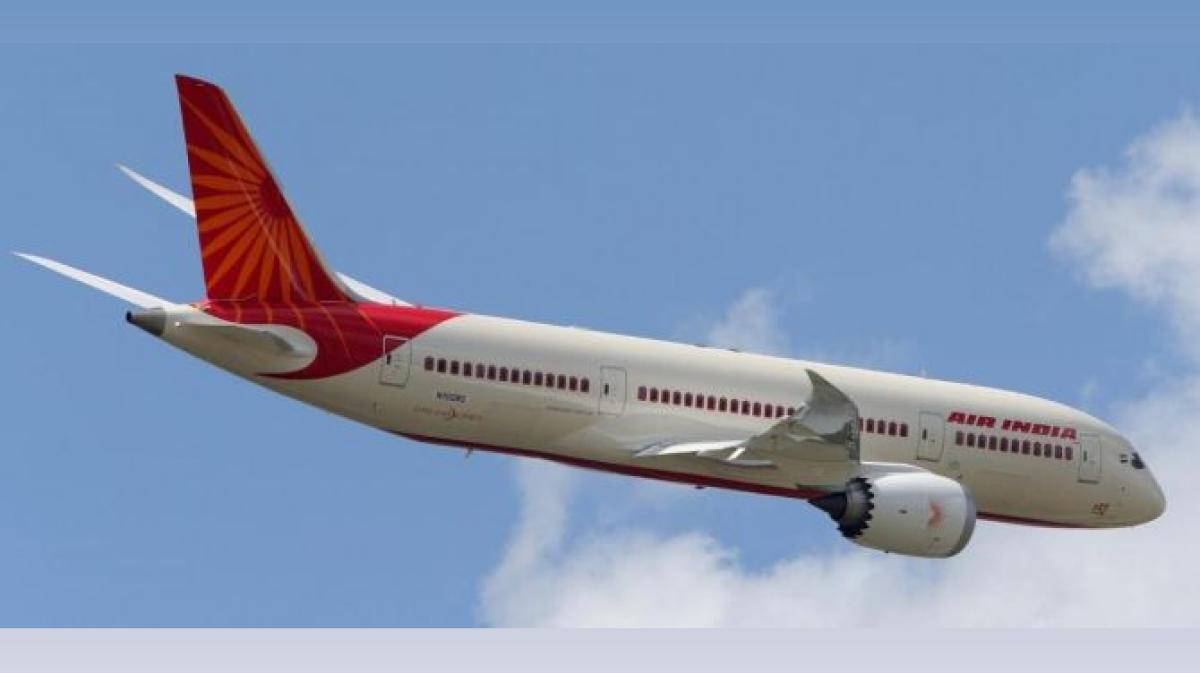Recovery of Flight Data from Air India’s Crashed Boeing 787-8
The tragic crash of Air India’s Boeing 787-8 on June 12, which claimed the lives of 260 individuals, has prompted a meticulous investigation by the Aircraft Accident Investigation Bureau (AAIB) of India. Central to this inquiry has been the recovery and analysis of crucial flight data from the aircraft’s black boxes, also known as Enhanced Airborne Flight Recorders (EAFRs). In a remarkable feat, a specialized device known as the Golden Chassis, sourced from the United States, played a pivotal role in this process.
The Role of the Golden Chassis
Following the accident, the two black boxes were recovered and transported to the AAIB’s laboratory in New Delhi by June 24. Each black box contains intricate details about the aircraft’s operations, and recovering usable data from them is essential for understanding the circumstances surrounding the crash. The Golden Chassis, a high-tech piece of equipment, is specifically designed for downloading data from these advanced flight recorders.
The AAIB had to tap into international resources to access the necessary technology for their investigation. They obtained the Golden Chassis and the relevant download cables from the U.S. National Transportation Safety Board (NTSB). This collaboration underscores the importance of global cooperation in aviation safety and accident investigations.
Data Recovery Process
On June 24, the AAIB initiated the download process using the Golden Chassis. The front EAFR was the primary focus at this stage. Investigation teams found that the Crash Protection Module (CPM) was intact and could be successfully mounted onto the Golden Chassis. This allowed them to extract the raw flight data. The results were significant: approximately 49 hours of flight data spanning six flights were recovered, including detailed information about the fateful flight on June 12.
Additionally, the recording included two hours of audio data that provided insights into the cockpit environment during the incident. Initial analysis of this audio and flight data has already begun, with findings indicating critical elements that may shed light on the circumstances leading to the crash.
Challenges with Data Recovery
While the recovery of data from the front EAFR was successful, the aft EAFR presented challenges. Extensive damage to this unit rendered it impossible to download data through conventional means. Upon inspection, it was determined that the memory card within the CPM was severely compromised, which complicates the overall investigation since any insights from the second black box are now unattainable.
The Investigation Team
To oversee this extensive investigation, the AAIB appointed seasoned professionals with robust expertise in various aviation fields. Sanjay Kumar Singh has been named the Investigator-in-Charge, while Jasbir Singh Larhga serves as the Chief Investigator. The investigation is supported by a diverse team, including experienced pilots, engineers, aviation medicine specialists, psychologists, and flight recorder experts, ensuring a comprehensive analysis of all data and circumstances surrounding the crash.
This multidisciplinary approach is crucial for piecing together the events leading to the tragic accident, as each expert brings unique knowledge and insights that can enhance the investigation’s rigor and depth.
Preliminary Findings
Even at this early stage, the preliminary findings from the recovered data and audio recordings may contribute significantly to understanding what transpired on the ill-fated flight. The AAIB’s ongoing efforts reflect their commitment to ensuring that findings from this investigation will not only provide closure to the affected families but also facilitate improvements in aviation safety protocols and practices.
In embarking upon this critical investigation, the AAIB exemplifies the essential work of aviation authorities worldwide in maintaining the highest safety standards in air travel. As the detailed analysis continues, the findings will undoubtedly play a vital role in shaping future aviation policies and improving safety measures to prevent such a tragedy from occurring again.


